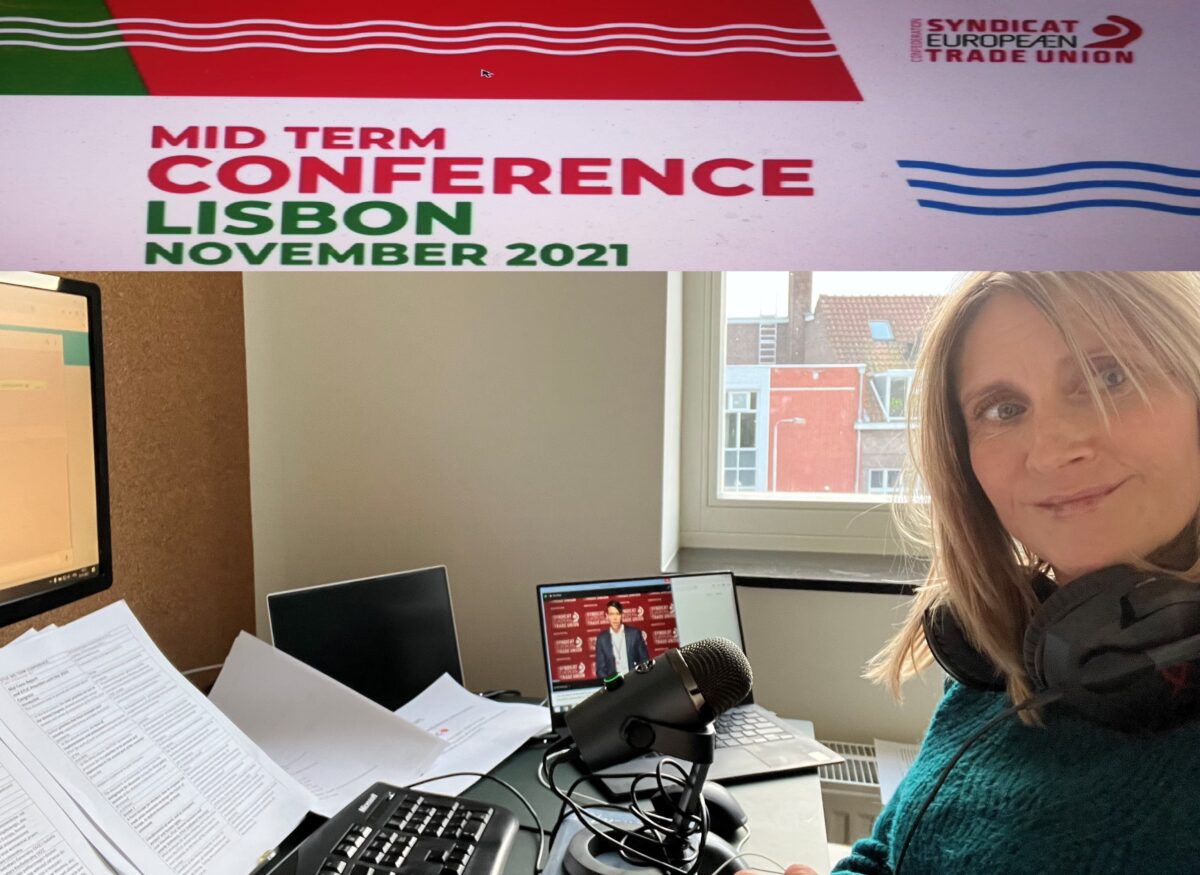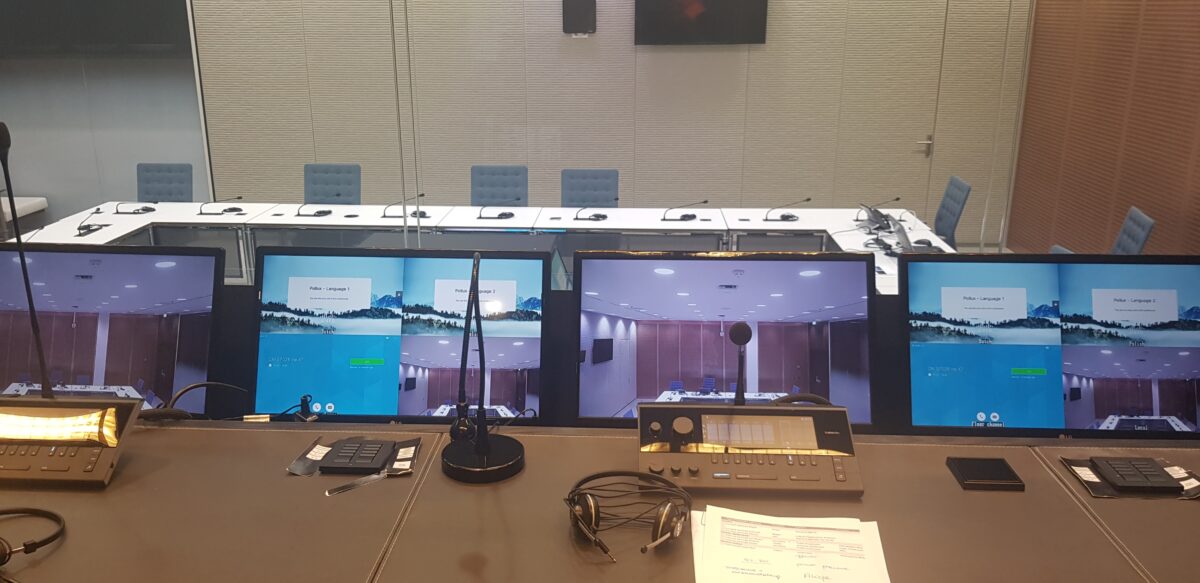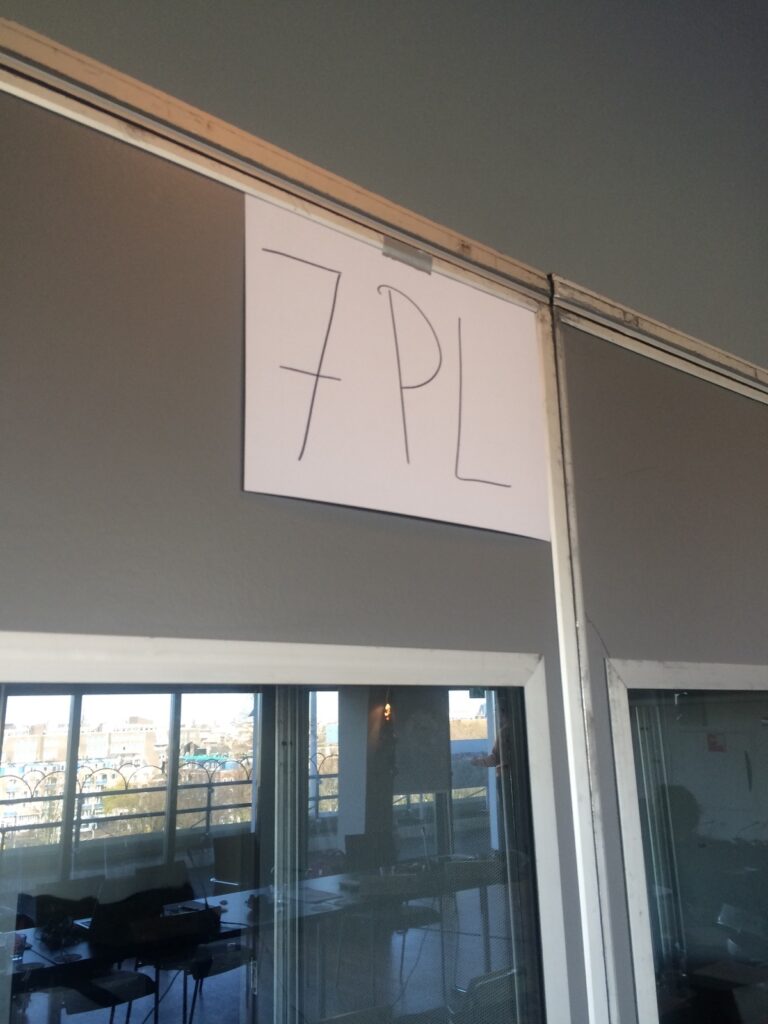German association for conference interpreters Verband der Konferenzdolmetscher has published very useful tips for speakers during events with simultaneous interpreting:
Working with simultaneous interpreters
7 handy tips from interpreters
The quality of simultaneous interpretation requires considerable teamwork between speaker and interpreter. We have put together the seven most important tips for speakers based on our cumulative years of experience. Keep these in mind and your message will be accurately communicated to the listeners who don’t speak your native language.
1. Provide your interpreters with preparation material well in advance
Professional interpreters prepare thoroughly for each assignment. The more familiar they are with the content of your presentation, the more precisely they can interpret your words into another language. Make sure you provide the interpreters with all the documents you intend to use as far as possible in advance, which may include your written speech or presentation. This is all the more essential if you are intending to use technical language.
2. Always use a microphone
Simultaneous interpreters almost always work in soundproof booths and listen to the speaker via headphones. If you wish to move about during your presentation, please ask the technician to provide you with a clip-on lapel microphone before you start. Should this not be possible, please use a handheld microphone.
In the event you are asked to use a handheld microphone, make sure to use it throughout the presentation or Q&A session.
3. Make sure your interpreters can see you
Simultaneous interpreters always maintain visual contact with the speaker. This enables them to observe your facial expressions and body language to better understand your presentation. Wherever possible, try not to turn your back on the interpreters. Glance occasionally at the interpreters to verify whether they are able to keep up with the speed of your presentation.
4. If you can, speak without notes
It is much easier to listen to speeches that are delivered without notes. Should you have to read from a manuscript, it must be provided to the interpreters in advance. Avoid reading off the page at high speed and come up for air now and then. This will benefit not just the interpreters, but your entire audience.
5. Avoid figures of speech, plays on words and jokes
Some speakers like to create a more relaxed atmosphere with plays on words, figures of speech or jokes. In our experience, what tends to go down well in a monolingual setting rarely works for multilingual events. Plays on words, figures of speech and jokes are frequently culture-specific and are only rarely transferable to another language. In the worst-case scenario, they might even be misunderstood by an audience from a different cultural background. We recommend going easy on complicated turns of phrase in front of an international audience.
6. Clearly pronounce numbers and proper names
Proper names and numbers are key to most presentations. Speakers are generally very familiar with the numbers and proper names they use in their presentations, so they tend to utter them very quickly. However, your audience – and your interpreters – will often not be familiar with them. To give your audience a chance to follow you, make sure to clearly pronounce proper names and numbers.
7. Explain acronyms
Please do not assume that your audience is familiar with the acronyms you use. In fact, many acronyms are unknown to outsiders. This is why it is best to keep them to a minimum. If you cannot avoid using them, explain briefly what they stand for when you first use them, and you will be better understood.
https://vkd.bdue.de/en/for-clients/tips-for-speakers/





